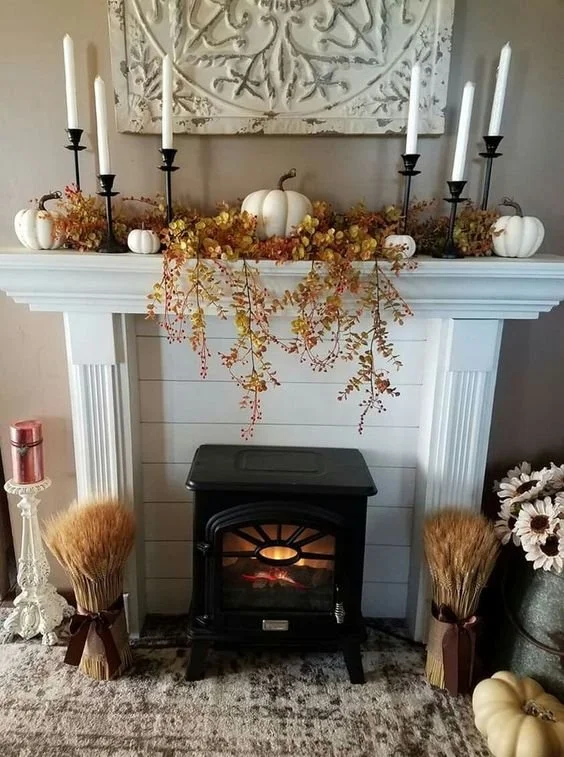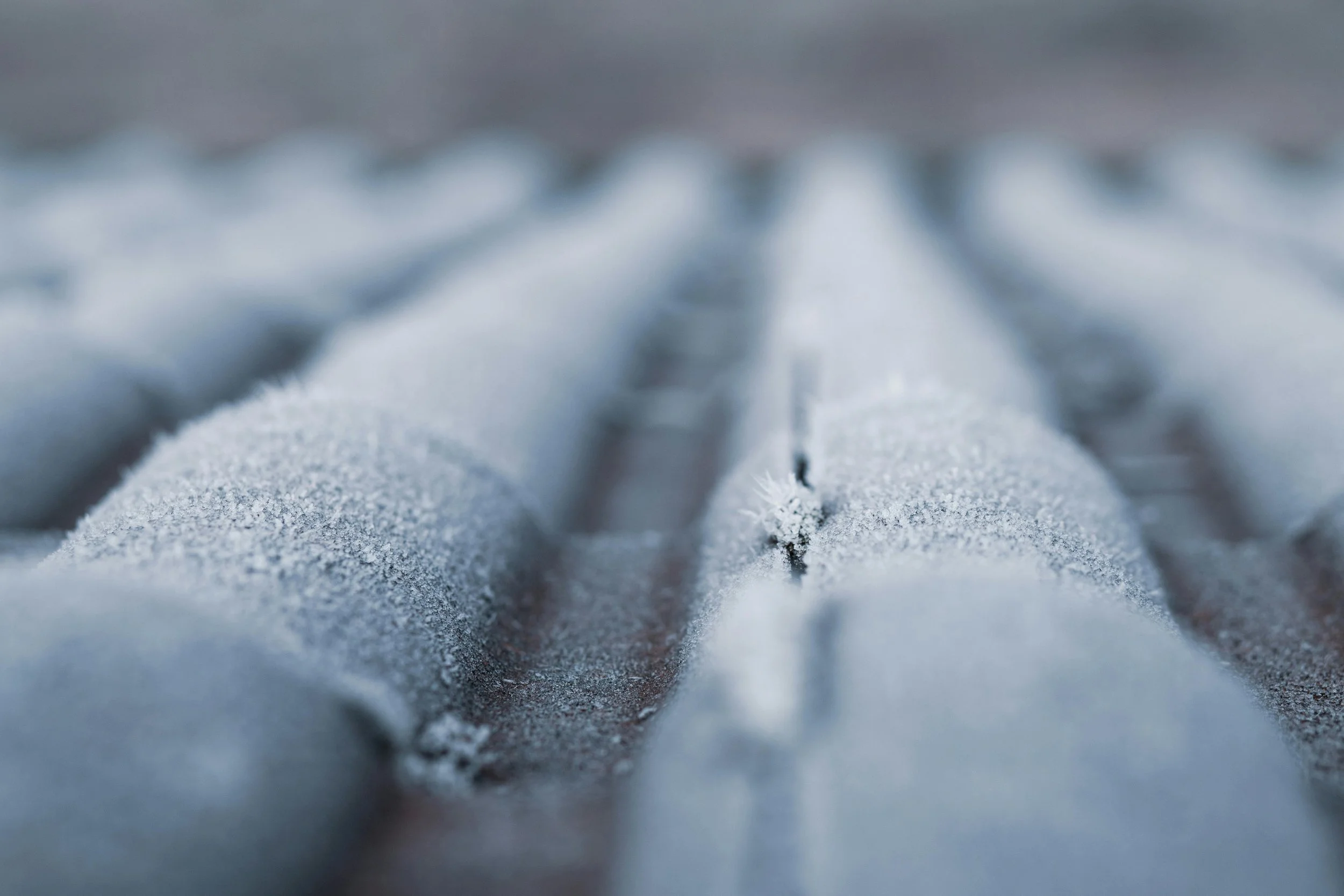Experiencing issues with your hot water system can be frustrating and inconvenient. It's important to recognize the signs of a malfunctioning system to avoid further damage or rising costs. Calling a plumber promptly can save you time and money when you notice irregularities such as inconsistent water temperature, strange noises, or leaks.
Understanding when to seek professional help can prevent minor problems from escalating. If you're unsure whether your situation warrants a plumber's expertise, there are key indicators to consider. A lack of hot water or water discoloration signals a need for immediate action.
Knowing these warning signs can significantly impact your home's comfort and functionality. When in doubt, having a qualified plumber assess your system can offer peace of mind and expert solutions.
Signs Your Hot Water System Is Failing
Unsure about when to call a hot water system plumber? Recognizing the signs of a failing hot water system can save you from unexpected cold showers and costly repairs. Pay attention to the following indicators that might suggest your system needs professional attention.
Inconsistent Water Temperatures
If you notice that your hot water is coming out at varying temperatures, it may be a sign of trouble. You might experience moments of hot and cold water during your shower or while washing dishes.
This inconsistency can stem from issues like a failing thermostat or a malfunctioning heating element. If the system can’t maintain a consistent temperature, it’s likely time to consult a plumber for an assessment.
Discolored Water or Rust Particles
When you turn on the hot water tap and see discolored water or rust particles, take this seriously. Water that is brown, yellow, or has a reddish hue often indicates corrosion within the tank.
This discoloration is typically caused by the breakdown of the tank material. It can lead to more significant plumbing issues if not addressed quickly. You should avoid using this water for drinking or cooking.
Unusual Noises from the Tank
Unusual sounds coming from your hot water tank can signal underlying problems that need immediate attention. Sounds like popping, rumbling, or hissing are common indicators of sediment buildup or a failing heating element.
Sediment can accumulate over time, especially in areas with hard water. This buildup can cause the heating element to work harder, leading to potential system failure. If you hear these noises, it’s advisable to call a plumber for a thorough inspection.
Troubleshooting Common Issues
When your hot water system malfunctions, specific issues can often be addressed without professional help. Checking the thermostat settings, resetting the circuit breaker, and inspecting the pressure relief valve are key steps to determine the root of the problem.
Checking the Thermostat Settings
Begin by ensuring that your thermostat is set to the desired temperature, typically between 120°F and 140°F. If it’s too low, your water heater may not produce hot water efficiently.
To check the settings, locate the thermostat, which is usually found on the front or side of the water heater. If it is adjustable, turn the dial to a higher temperature and wait for about 30 minutes to see if the water gets hot.
If the thermostat appears to be malfunctioning or stuck, replacing it might be necessary. Remember to always turn off the power before making adjustments.
Resetting the Circuit Breaker
If your water heater is not operating at all, it may be due to a tripped circuit breaker. Locate your home’s electrical panel and check if the breaker for the water heater is in the “off” position or appears tripped.
To reset it, flip the breaker off and then back to the “on” position. This action can restore power to the water heater. It's important to monitor for any further issues; if the breaker trips again, there may be a more serious electrical problem.
Always ensure safety first by using proper protective gear and consulting an electrician if you are unsure about handling electrical components.
Inspecting the Pressure Relief Valve
The pressure relief valve is crucial for safe operation. If it is leaking water or showing signs of rust, it may not function correctly. Check the valve, usually located on the top or side of the water heater.
To test it, lift the lever slightly to release some water. If water flows out but doesn’t stop after you release the lever, the valve is likely faulty and should be replaced.
Remember to observe safety precautions, as hot water can spill out during this process. Regular inspection of the pressure relief valve can help prevent more serious issues down the line.
When to Call a Professional Plumber
Recognizing when to call a professional plumber can save you time, money, and potential damage to your property. Two critical situations warrant immediate attention: leakage and a complete loss of hot water.
Leakage and Water Pooling
If you observe any signs of leakage around your hot water system, such as water pooling on the floor or damp spots on walls, it’s essential to act quickly. Leaks can lead to extensive water damage and mold growth, both of which are costly to repair.
First, check the connections and fittings. If tightness doesn’t resolve the issue, it’s best to contact a plumber. They have the tools and expertise to identify the source of the leak and recommend appropriate repairs.
Leaks can stem from various issues, including deteriorated seals, corroded pipes, or faulty valves. Ignoring these issues often leads to more significant problems. Therefore, timely intervention is crucial.
Complete Loss of Hot Water
A complete loss of hot water is a clear indication that something is amiss with your system. If you find yourself with no hot water, consider a few potential causes before calling for professional help.
Begin by checking the thermostat settings. If they appear correct, it’s time to consult a plumber. Possible issues may include a malfunctioning heating element or a problem with the thermostat itself.
Don’t attempt to fix complex issues independently. Professional plumbers can diagnose the issue accurately and recommend the best solution. Addressing these problems quickly can prevent further damage and restore your comfort promptly.
Maintaining Your Hot Water System
Proper maintenance of your hot water system ensures efficiency and longevity. Regular inspection and preventative measures can help identify issues before they escalate.
Routine Inspection Guidelines
Regular inspections are essential for detecting problems early. Check for any signs of leaks, unusual noises, or pressure fluctuations in your system.
Key areas to inspect include:
Temperature Pressure Relief Valve (TPR Valve): Ensure it's functioning correctly to prevent overpressure.
Anode Rod: Inspect every 1-2 years; replace if corroded to protect the tank from rust.
Tank Condition: Look for rust, wear, or sediment buildup at the bottom of the tank.
Perform these checks at least once a year for optimal performance. Document any findings to track changes over time.
Preventative Maintenance Tips
Implementing preventative measures can significantly prolong your hot water system's life. Start by flushing your tank yearly to remove sediment buildup. This ensures that your water heater operates efficiently.
Other maintenance strategies include:
Temperature Setting: Keep your thermostat at 120°F to reduce energy consumption and piping risks.
Insulation: Properly insulate pipes and the tank to reduce heat loss.
Professional Servicing: Schedule an annual inspection with a qualified plumber to address potential issues proactively.
By following these tips, you can maintain a reliable hot water system and minimize the risk of unexpected breakdowns.































